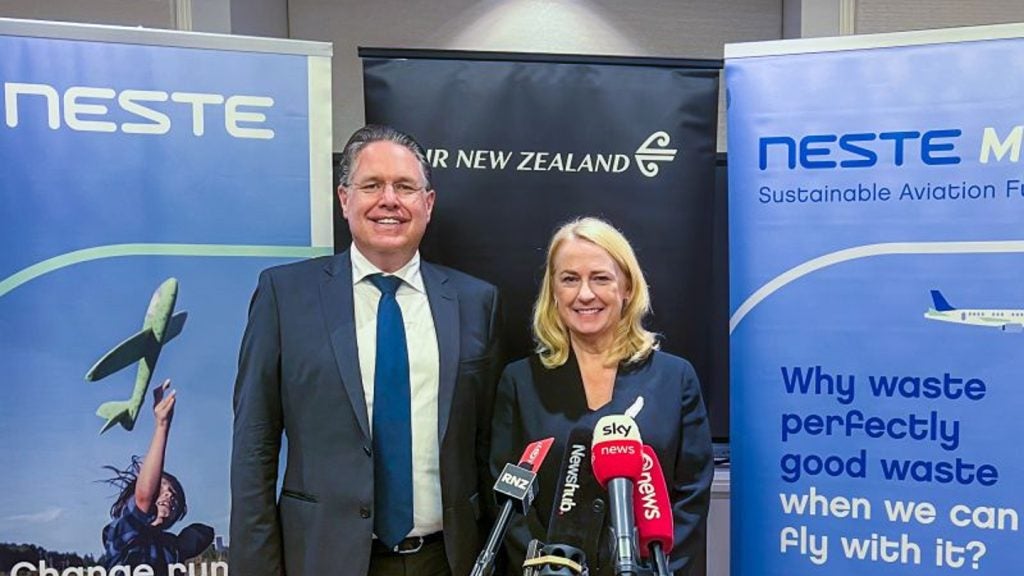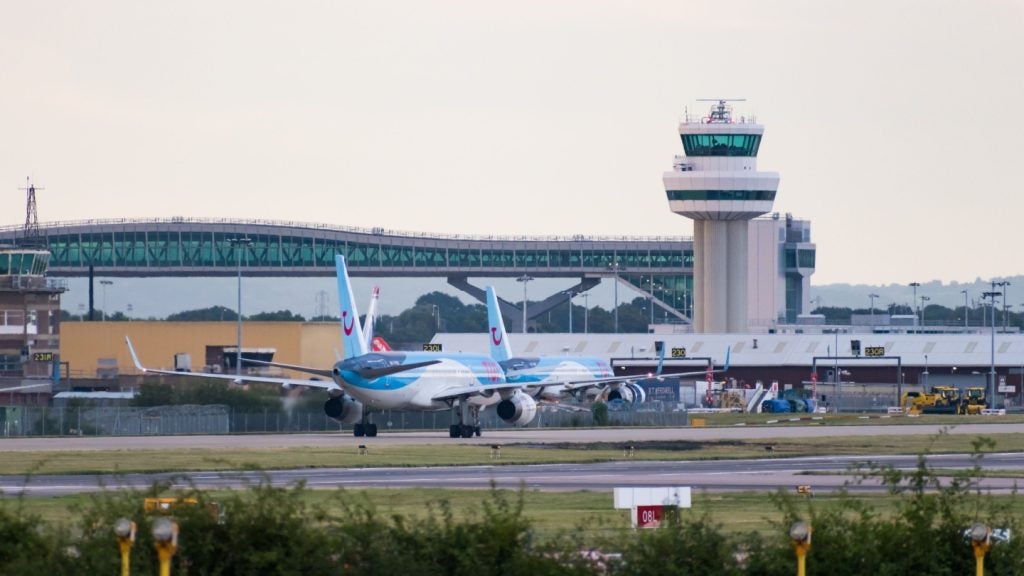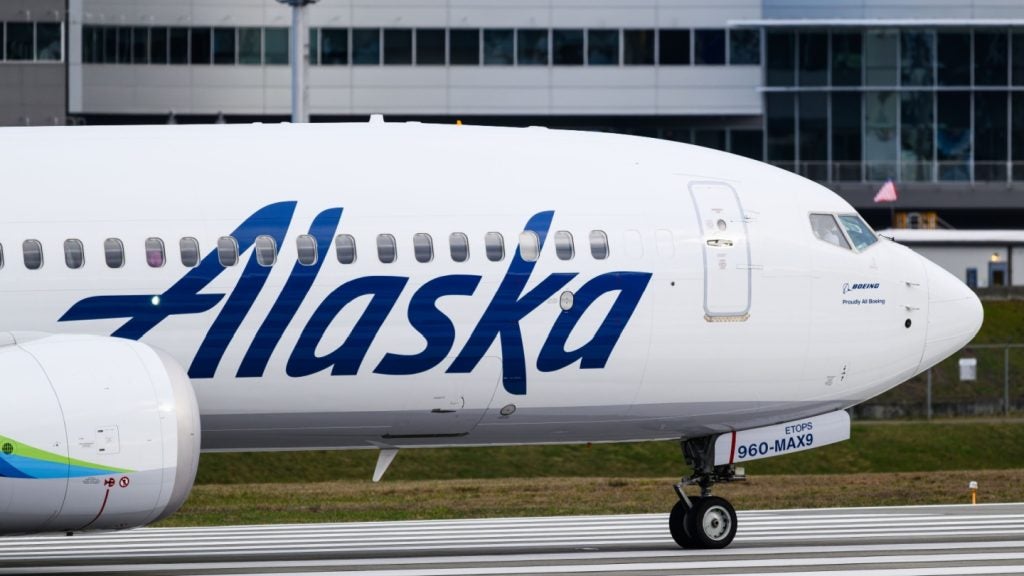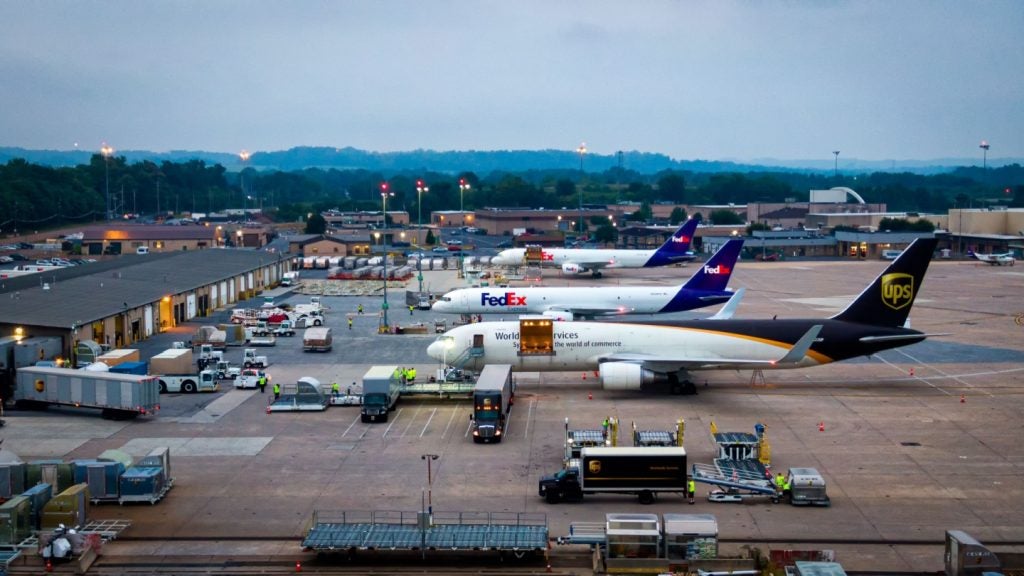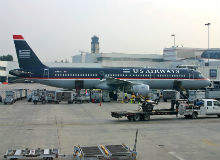

Heathrow Air Traffic Control Tower – courtesy NATS
In October, the NATCA, which represents 20,000 controllers, engineers and other safety-related professionals across the US, called for congressional hearings to address what it termed "the chronic understaffing of air traffic control facilities".
Data from the union shows that at Atlanta Terminal Radar Approach Control (TRACON), the number of fully certified controllers, meaning those who are no longer in training and can direct air traffic without assistance from a more experienced controller, has dropped to 74, which is 28 short of the 102 needed, while at Chicago TRACON, there are 70 controllers instead of the target of 100, with 39% eligible to retire at any time. In addition, New York TRACON has hit a 25-year low of 147 controllers.
From a peak of 11,573 in September 2012, numbers have declined to 10,859 as of August 2015, and up to 30% of the workforce is eligible to retire at any time. NATCA president Paul Rinaldi says: "We must have enough controllers to do this job and right now, we are short in many key locations including New York, Dallas, Chicago, Atlanta, Miami and Houston."
See Also:
The raw data does not paint a pretty picture, and the reasons why the industry finds itself in this position are complex and varied, as well as political.
How well do you really know your competitors?
Access the most comprehensive Company Profiles on the market, powered by GlobalData. Save hours of research. Gain competitive edge.

Thank you!
Your download email will arrive shortly
Not ready to buy yet? Download a free sample
We are confident about the unique quality of our Company Profiles. However, we want you to make the most beneficial decision for your business, so we offer a free sample that you can download by submitting the below form
By GlobalDataMissing hiring targets and budgets
First, there is the issue of hiring targets. At the time of writing the NATCA had predicted that the Federal Aviation Administration (FAA) would miss its ATC hiring goal in 2015 for the fifth consecutive year. As of August, the FAA had hired 1,178 ATCs, missing its target of 1,772.
Rinaldi says the "number of new controllers hired must match what is needed in order to get trainees into the system to start their training and help fill certified controller slots in the years to come". In a statement quoted on CNN Money, the FAA said it "shares NATCA’s frustration" and was "working hard" to meet its staffing targets. The agency, which did not respond to requests for comment by the time of writing, has a goal of hiring more than 6,600 new controllers over the next five years.
One reason for the failure is the temporary closure of the FAA’s academy in Oklahoma City in 2013, says policy analyst and aviation working group head at the Eno Center for Transportation, Dr Rui Neiva.
"The academy was closed for nine months because of the 2013 US budget sequester and 2013 government shutdown," he says.
"That had a ripple effect, delaying several training programmes. The situation was not looking good before – warnings about ATC shortages have been made in the past 15 years – but having such a long period of time … had an impact."
Rinaldi insists that such a situation must not be allowed to happen again "in light of the current severe shortage".
Changes to the FAA’s hiring procedures have also come under criticism. Prior to 2014, candidates from FAA-approved Collegiate Training Initiative (CTI) programmes were favoured in the recruitment process, but now they are classed as being no different to applications from the general public.
Arizona State University’s (ASU) air traffic management programme has, according to a KTAR News article published in October 2015, seen its enrolment numbers drop by 50%, with ASU air traffic management professor Verne Latham saying: "They started the programme [at ASU] before the FAA out of the blue decided to cease [a] separate application process for CTI graduates."
According to Neiva, some critics have claimed this change was implemented to ensure the agency appears "more politically correct", although he says it is "hard to see the relationship between the change in hiring procedure and the shortage [of ATCs]".
"In my view, being able to hire people from more diverse – in terms of training – backgrounds ultimately might lead to more possibilities of hiring more controllers, as long as the FAA has the capability to train them," he explains.
Fatigue and delays
These complex issues have intertwined, leading to today’s situation. The NATCA and other commentators have voiced their concerns regarding the consequences, but safety has not been compromised.
"Safety is not and will never be at risk," insists Rinaldi, with the reason being that a lack of staff results in the delay and possible cancellation of flights. In 2013, a week of furloughs caused 12,760 flight delays, compared with 3,860 during the same week in 2014 and 4,919 in 2012.
The immediate worry for Rinaldi is fatigue. "Shift work by its very nature is difficult for any professional," he says. "But being forced to work mandatory overtime, and in some cases a sixth day of work each week, adds further stresses on the mind and body. Understaffing worsens the problem of fatigue."
Ultimately, such a scenario makes the system less reliable, causing people to think twice before flying, especially for non-essential trips, or those with an alternative mode of transport, says Neiva.
US-based aviation journalist Dan Reed agrees, arguing that it is the efficiency of the system that is being eroded, although there appears to be little immediate danger. Rinaldi is keen to caution, however, that a 2013-esque state of affairs could return if the downward trend is not reversed.
"We are not saying these delays will happen next week or next month, but we are saying that if this trend of reduced staffing continues, we are heading in the same direction. The bottom line, however, is we must turn the downward trend around so we don’t have similar problems in the future."
‘Fundamental reform is necessary’
Neiva says now is the time for fundamental reform. "[The FAA’s] funding is dependent on congressional budget appropriations, leaving the agency the subject of political whims to fund its operations," he explains. "Being part of the federal government subjects the agency to federal procurements rules, making modernisation efforts more expensive and less flexible."
This arrangement, he adds, has left the agency open to political compromises, resulting in insignificant changes that do not have the desired effect.
Thus the argument for privatisation has emerged.
Reed recommends such a path, which would lead a "more business-like management practice, [such as] moving controllers and other FAA personnel where demand warrants it from places where demand does not warrant it".
"Ultimately, the best solution is beyond the government’s purview," Reed adds, although he believes that privatisation is only one part of the jigsaw, suggesting that airlines should take responsibility for actively managing their own flight operations.
Marla Westerfelt, a policy analyst at the Eno Center for Transportation, has suggested putting certain FAA functions, including air traffic control, into a non-profit organisation.
"What’s under discussion in the US is the creation of either a government-owned corporation, like in Germany, or a non-profit institution like in Canada," clarifies Neiva.
While Rinaldi does not proclaim his unswerving support for such a change, he accepts that simply maintaining the status quo is not an option.
"The current funding system is unacceptable," he says. "As we saw just a couple of months ago with yet another government shutdown threat, and as we may see again in a couple of weeks, the stop and start, kick-the-can approach to government funding ties the FAA’s hands in many ways."
Opinions on how to solve the shortage will differ from person to person, but what’s not in doubt is that the ATC labour situation in the US cannot be allowed to continue on its path of decline.



